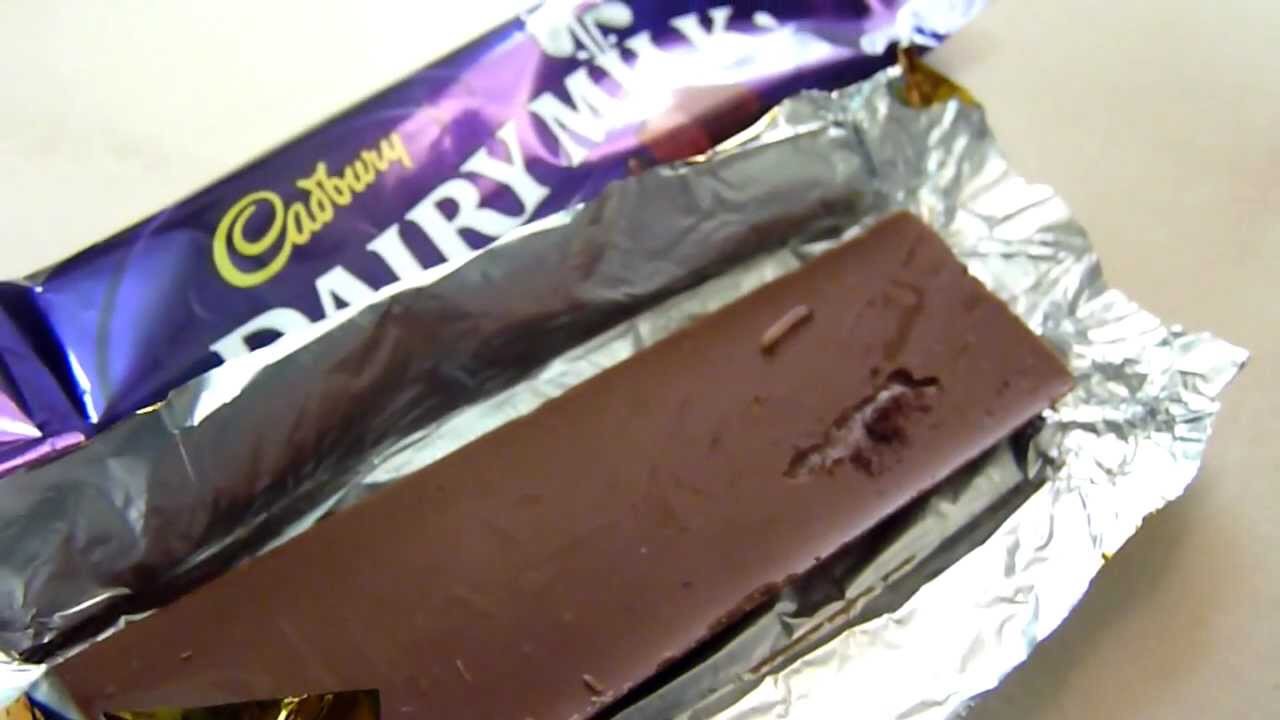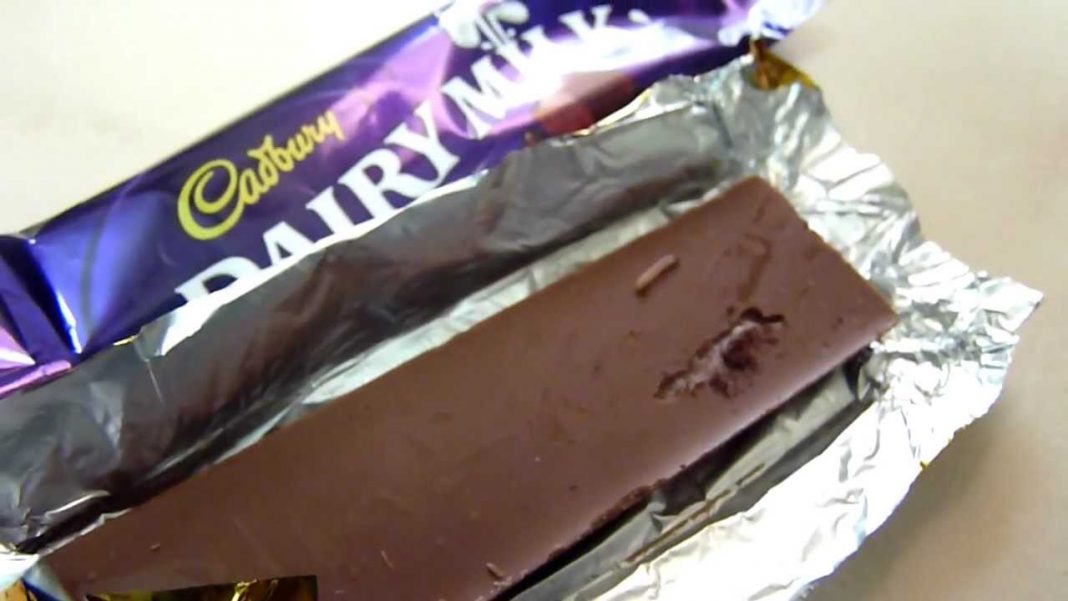The Cadbury Dairy Milk chocolate bar has an expiry date set for 26 October 2022.

A TikTok video which shows a bar of Cadbury Dairy Milk chocolate being infested with worms has gone viral on TikTok, and is now being shared extensively on other social media platforms like WhatsApp and Telegram.
The video has the voice of a man speaking in Tamil, asking the viewers of the video not to give the chocolate bar to their children without tearing it open first and inspecting them. Speaking in Tamil, the man said that he was shocked to find the worms infested Cadbury Dairy Milk chocolate bar and that he made the video to bring about awareness about the brand of chocolates. He points out in the video that the chocolate has an expiry date set for 26 October 2022.
It is unclear where the video was taken. But the controversy about worms infested Cadbury Dairy Milk chocolates has surfaced from time-to-time since 2003.
In 2003, just a month before Deepavali, customers in Mumbai, India complained about finding worms in Cadbury Dairy Milk chocolates. The Maharashtra Food and Drug Administration responded to the complaints quickly and seized the chocolate stocks manufactured at Cadbury’s Pune plant.
Cadbury issued a statement soon after saying that the infestation was not possible at the manufacturing stage and poor storage at the retailers was the most likely cause of the reported case of worms.
But the FDA would have none of that. It asked, “It was presumed that worms got into it at the storage level, but then what about the packing – packaging was not proper or airtight, either ways it’s a manufacturing defect with unhygienic conditions or improper packaging.”
That was followed by allegations and counter-allegations between Cadbury and FDA. The heat of negative publicity melted Cadbury’s sales by 30 per cent, at a time when it sees a festive spike of 15 per cent. For the first time, Cadbury’s advertising went off air in India for a month and a half after Deepavali, following the controversy. Consumers seemed to ignore their chocolate cravings.
Cadbury soon realised that it was a brand under fire and, in October of 2003, launched project ‘Vishwa’s’ – a education initiative covering 190,000 retailers in key states of India. But what the company did in January 2004 is what really helped de-worm the brand.
It invested over SGD2.7 million on imported machinery, and revamped the packaging of Dairy Milk. The metallic poly-flow, was costlier by 10-15 per cent, but Cadbury didn’t hike the pack price.
Cadbury’s India said at that time, “While we’re talking about a few bars of the 30 million we sell every month – we believe that to be a responsible company, consumers need to have complete faith in products. So even if it calls for substantial investment and change, one must not let the consumers’ confidence erode.”
Simultaneously, Cadbury’s roped in brand ambassador Amitabh Bachchan to do some heavy-duty endorsement putting his personal equity on the line for the brand.
But that was not the end of the controversy. In 2017, a forumer flagged Cadbury Dairy Milk chocolate bar for worm infestation. Responding to the post, one commenter said: “A company that sells chocolate bars with worms shouldn’t be kept running, what if an unknowing kid ate that, Cadbury is ridiculous”.
Then in 2021, a Sydney woman vowed never to eat chocolate again after biting into a Cadbury chocolate bar and finding dozens of wriggling maggots in it. The woman said that she was watching a movie in her lounge room with her girlfriend with all the lights turned off, when she noticed something moving below her nose.
They had bought a 12-pack of Cadbury’s Milky Top Freddo bars – half white chocolate and half milk chocolate frog-shaped bars – from their local store in Sydney, Australia.
In the near darkness, Frankie couldn’t see her food very well. But the white chocolate part was, for a second, illuminated by the lights from the television screen, when she noticed below her nose “this thing moving”. The woman felt especially horrified because at that point she had already eaten half the chocolate, and she believed she ate at least one maggot.
When they looked more closely, they also discovered maggots inside the wrapper. According to the Sydney woman, the entire block of chocolate was covered in a fine layer of “cobwebs”, “little babies and eggs and stuff.” she added.
The incident occurred in late April last year but, frustrated by Cadbury’s response, the couple shared the photos online only in May.
When the woman and her girlfriend complained to Cadbury, they were offered them a AUD25 voucher. The woman said, “We’re not asking for a free chocolate, we want an explanation. They (Cadbury) were so rude about the whole thing. I wanted an explanation so I could eat chocolate again, like telling us it was one in a million.”
In responding to news reports, Cadbury responded and apologised to its customers who were affected by the worm infested chocolates.
it said:
“We’re sorry to hear about (the women’s) experience. Our dedicated teams work hard to ensure our products are in the best possible condition when they’re enjoyed by our consumers. Based on the pictures, it looks like Warehouse or Indian Meal Moths have entered the product in storage.
“These bugs are common around the world and can gain access to a range of different food products including dried fruit, nuts, pasta, and bread without visibly damaging the packaging.
“We put in place a range of measures at our distribution centres to minimise the risk of these common bugs entering our packaging, and work closely with stores and transport companies to help them maintain an environment that minimises the risk. However, on this occasion, it looks like the product has been affected in transit or storage.”

